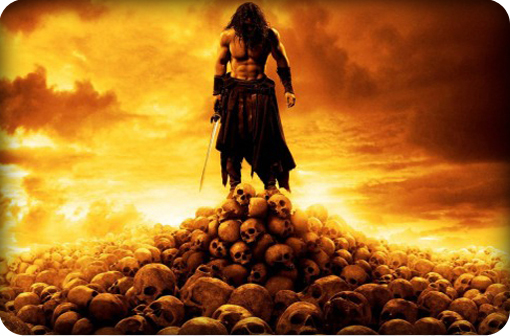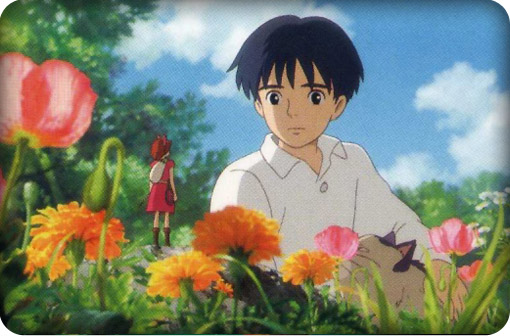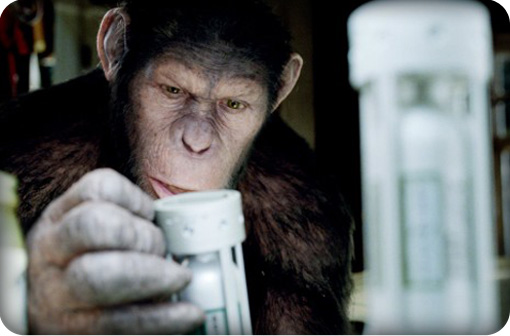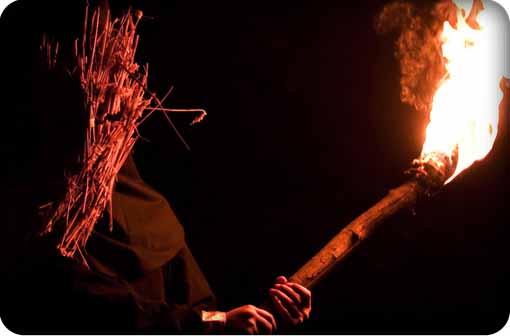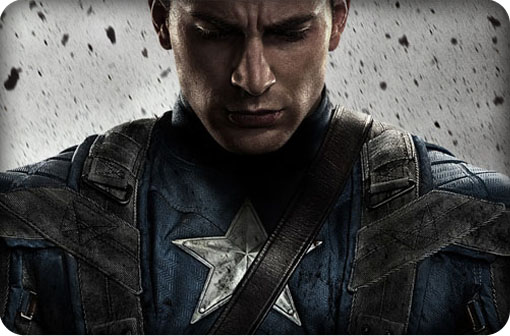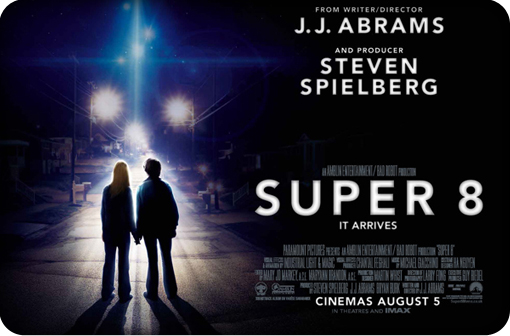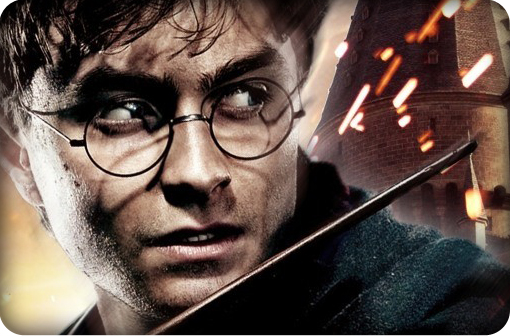Confession time: I only recently saw the 1981 John Milius directed Conan the Barbarian starring the legendary or reviled Arnold Schwarzenegger. I loved the film and it’s surprising how well the film stands up today. It feels epic and is generally a really well made piece of fantasy cinema. I didn’t have perhaps quite the level of scepticism as some over the re-boot of this franchise starring a virtual unknown in the Conan role. People were probably more sceptical when Marcus Nispel, director of the largely redundant Texas Chainsaw and Friday the 13th remakes was handed the director’s chair. The results are a bit of a mixed bag but not as bad as it could have been. It’s a film that tries hard to cater to the older audience familiar with the first film as well as trying to be something of a crowd pleaser. As a result it’s a film that feels a little too familiar.
The film starts with a classic Morgan Freeman voiceover as we learn of a mask which has been scattered into fragments but which will give the wearer infinite power as well as the ability to raise the dead. We are then transported to ancient Hyboria and Cimmeria where Corin (Ron Perlman) and his pregnant wife slug it out on a blood soaked battlefield. Corin’s wife is mortally wounded and baby Conan is cut out of her womb in the midst of battle. Flash forward some years and Conan is making a name for himself as a young warrior and has become a savage lethal killer in his own right, which we see in an impressive scene where he kills some savages in the woods all whilst holding an unbroken egg in his gob. One day the evil Khalar Zym (Stephen Lang) and his army ride into town and slaughter the Cimmerians and kill Corin in front of Conan. Flash forward some twenty or so years and Conan is an adult. He is still brutal and ruthless but also has a sideline in being a thief and a pirate with his cohort Ukafa (Bob Sapp). One day Conan catches sight of one of Khalar Zym’s men who he disfigured during the Cimmerian massacre all those years ago. Still needing to avenge his father, he follows a trail of destruction to track down Zym who is questing for the ancient mask to bring back his sorceress wife with his now grown daughter Marique (Rose McGowan) who is now a sorceress in her own right. Conan blazes a trail across Hyboria with Tamara (Rachel Nichols) whose blood holds the key to the power of the mask and who Zym ruthlessly pursues.
Now from what I understand there is a great deal of humour in Robert E.Howard’s original Conan stories that gets overlooked. What I also know of the character is that he is often portrayed as an anti hero, performing heroic deeds only when it benefits him and his own survival. Conan the Barbarian 2011 as directed by Marcus Nispel certainly has personality issues and we get much of his snarling grunty speech and see his general bad attitude towards women. We also get a Conan who seemingly has allies in every scum infested hive in Hyboria who he can use to his advantage. This Conan also seems to generally like his allies, especially Ukafa who he seems to have genuine affection for. The problem with this is that the film often feels like you are watching a Pirates of the Caribbean film or god help us Prince of Persia. This atmosphere of high adventure and romping doesn’t seem to sit well with the often brutal violence in the film. The film is brutal and fans hoping for a gory hardcore take on the Conan saga won’t be disappointed. Especially in the early scenes where Conan as a child takes out his rivals savagely and with maximum blood shed. That he would grow into a pretty nice guy all things considered is something that obviously wasn’t thought through when they were writing this iteration of the character. Towards the end of the film Conan uses a secondary character to gain access to a stronghold and then goes back to save the man when he is in danger. It doesn’t seem like this is something he would do but that’s this version of the character and we have to live with it. The adventure in a fantasy world feeling that you get from this film is something that we have seen all too much lately in increasingly dull ways in many bloated blockbusters and as a result it feels pretty stale.
I hate to be the one to run down a guy in his first major role but Jason Momoa is no Arnold Schwarzenegger. Ah-nuld had the acting range of a gas oven but the guy had charisma and presence which made up for his lack of thesping chops. Momoa certainly looks the part with his scowl and muscles but he just doesn’t come across as a movie star, especially for the all round crowd pleaser that the studio wanted this to be. Momoa growls his way through the barely there characterisation of Conan and seems a little out of his depth. The rest of the cast are adequate, the less said about the female contingent the better though, they are reduced to sex objects or treacherous wenches. Best of all is Stephen Lang as the villain in what is his first major villain role since the iconic Colonel Quarritch in Avatar. Get used to seeing Lang in these roles as I have a feeling this won’t be the last time we see him in a major studio film as the villain. Lang brings gravitas and fury to a fairly underwritten role which could have been developed more into a real character had the screenwriting not been so by the numbers.
I’m not completely down on the film, it moves at a fair old lick and sometimes it’s hard to keep up with the plot between the slayings. It felt like it was about ninety minutes but was actually closer to two hours so it’s an easy mindless watch. The effects in the film are also pretty good. I was thinking it would be a CG overload but it seems to often favour practical effects over green screen and computer fakery. A scene with some warriors spawned of sand is impressive as they cut between actual actors in make up and CG transformation seamlessly. There is also a tense fight with some beast in a sewer which recalls one of Fellowship of the Ring’s finest moments. It’s also pleasingly brutal as previously mentioned, noses are ripped off, heads are crushed and limbs are lopped. The early scenes with young Conan and Ron Perlman as his father are the strongest in the whole film and honestly I could have done with more of this even though it seems to make up most of the first act.
Based off of the success of the Schwarzenegger films there have been a whole host of interesting sounding Conan projects that never made it beyond script stage. All of which sounded more interesting than what we ended up with here. There is a whole generation now who are not familiar with the 80s Conan films and this film will be the first they know of the character. Fifteen year olds out for blood and boobs will have a hell of a good time. The rest of us we are left wondering what could have been.
Expected rating: 2 out of 10
Actual rating:

Conan The Barbarian is released in the USA on Aug 19th, and the UK Aug 24th.

